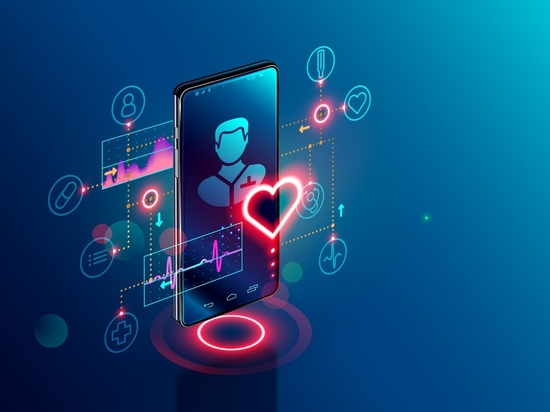
#Industry News
Solving The Self-Diagnosis Problem
"Cyberchondria" is very real and it does more than make patients anxious, it clogs up doctors' offices with unnecessary visits. Learn how you can combat the self-diagnosis problem and prioritize care for those who really need it.
Self-diagnosis is often a burden on patients and practitioners, often causing more problems than it solves. So how do we as healthcare professionals help reduce patient anxiety and get more people into the hospital who actually need help?
It turns out that money, anxiety, and time can all be saved by employing medical computers and other technology to fields like telehealth and mobile clinic deployment. Plus, these methods also fight the other cause of self-diagnosis: shrinking access to healthcare.
What is Cyberchondria?
Jokes about going to WebMD and finding out you have every disease on the planet are common for a reason — it’s nearly impossible to resist the temptation of self-diagnosis.
Part fear, part curiosity, this impulse has a new name: cyberchondria. The term was coined in 2001 to describe the new self-diagnosis phenomena. Ironically, this new concept is increasing the burden on healthcare rather than helping.
A significant portion of users with cyberchondria only end up making their anxiety worse, which not only clogs the system with people who aren’t actually sick, but anxiety and stress can create their own health problems.
Imperial College of London found that 20% of appointments with the National Health Service in the UK were booked by hypochondriacs fueled by medical anxiety and cyberchondria.
Self-Diagnosis Apps / Symptom Checkers
Patients have already embraced self-diagnosis and symptom checker apps in droves.
Unfortunately, these symptom checkers aren’t very accurate. A study of 23 symptom checkers in the US, UK, Poland, and the Netherlands revealed as such. Only 35% of the diagnoses made with these apps were correct on the first try, and the correct diagnosis was only in the top 20 listed results around half the time.
Symptom-checkers were also more likely to recommend a visit to the doctor even when self-treatment would be effective.
While these symptom checkers may give some patients a sense of ease, they’re only promoting anxiety and filling up doctors’ offices with patients who’d be better off with a bowl of chicken soup and some bed rest.
Healthcare Access and Mobile Clinics
Sadly, one of the most common reasons that people reach out to the internet instead of their doctor is due to a lack of healthcare access. In the US, there are around 30 million people without health insurance, turning these symptom checkers into a necessity.
This is why it’s so important for hospitals and governments to support initiatives like mobile clinics for low-income areas. These are usually housed in a van and outfitted with a host of medical equipment and professional staff. These mobile clinics are often part of an effort to help both insure patients using connected medical tablets, and also to treat those without insurance.
Around 2,000 of these mobile clinics exist in the United States, 42% of which offer primary care. The rest of those mobile clinics generally host preventative screenings or dental services. They’ve also helped under-served populations connect to social aid structures as well, improving overall patient lifestyle.
Using Screens for Human Interaction
Even for those with insurance, physically getting to the doctor can be difficult. The elderly and disabled often have mobility issues, adding extra burden and frustration to their frequent doctor visits.
And consider too the rural market — when the nearest hospital is an hour away, or on the other side of a mountain, patients are likely to shrug off health issues for all but the most serious symptoms.
With telehealth, however, patients can use their phone, tablet, or computer to see and talk to an actual expert. This requires no small upfront investment from healthcare groups, of course — data systems must be upgraded, medical computers with built-in cameras and secure logins need to be installed, and staff need to be trained in their use.
However, the benefits of patient access are undeniable. Instead of being stuck Googling their symptoms or installing a Self-Diagnosis app, they can speak to an actual expert and get their situation sorted.
Self-Diagnosis Simply Isn’t Effective
While the idea of an automated digital doctor seems like a huge time-saver, in the end it causes patients more trouble than it’s worth. They often end up contributing to longer wait times and more overwhelmed doctors.
To learn more about implementing telehealth and mobile clinics, including what kind of medical computers and tablets you’ll need, contact Cybernet today.





